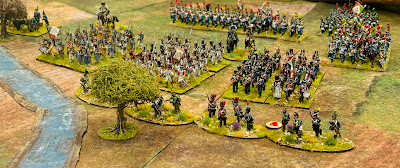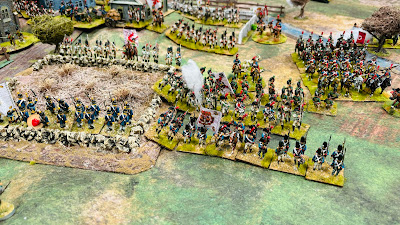Something a little different this time, and not a Helion book. Wendell Schollander is not an author I have come across before, but when I was asked to review his latest book, The French Republic’s Fighting Men 1880–1914, the subject matter alone was enough for me.
When one thinks of the period covered by the book the terms
La Belle Époque and
Fin de Siècle and all that those terms encompass leap front and centre into one’s mind, mine at least, in particular epitomises how the ideals and optimism of the era leading up to the outbreak of the First World War were rapidly shattered on the battlefields of Northern and Eastern France.
The author has researched the army of the French Third Republic exhaustively, and has been able to use much previously unavailable or difficult to access information and data. He presents us with a comprehensive and engaging account of the officers and men of the army to a level hitherto not examined; for example the ethnicity and prior backgrounds of the men making up the metropolitan and colonial armies. It is easy to regurgitate what is written on the back cover of the book, but there are essentially three sections covering the officers, the soldiers and the Foreign Legion.
Of the officers, Wendell examines their social backgrounds, their role, the emergence of the political left and the role Jewish officers played in the army. Interestingly with the exception of the repercussions felt by the Dreyfus affair, during the whole period covered by this study, antisemitism was not a significant issue nor was being Jewish a barrier to promotion. Equally interesting and so very French (and also undoubtedly typical of military bureaucracies the world over) the army had regulations requiring that brides of officers had a dowry, implying overtly that officers’ pay was insufficient to support a wife, and if he wanted to marry he had to find a woman with money!
The author’s analysis of the French rank and file covers areas such as regional and racial ethnicity, language, recruitment and conscription. A large section of the book is devoted to the French Foreign Legion, and again the background and nationalities of the non-commissioned officers and men, discipline, drinking and desertion are examined, as are statistics around deaths in action during different campaigns.
All of this provides for a colourful account of the army. The book includes references to many personal and official documents together with some amusing anecdotes relating to the
Legion Mystique.
For me the most striking part of the book are the numerous and evocative contemporary, proudly posed, photographs of soldiers from the whole range of units in the army; for example cuirassiers, chasseurs, spahis, turcos, zouaves. Together these images capture the life and soul of the French army and of
La Belle Époque. I spared a moment to think of what became of them.
If you have an interest in the pre-First World War French army then this book is for you, and for further reading and research the author has provided an extensive bibliography.
ISBN 978-8-9884235-6-0. 118 pages, soft covers.




















